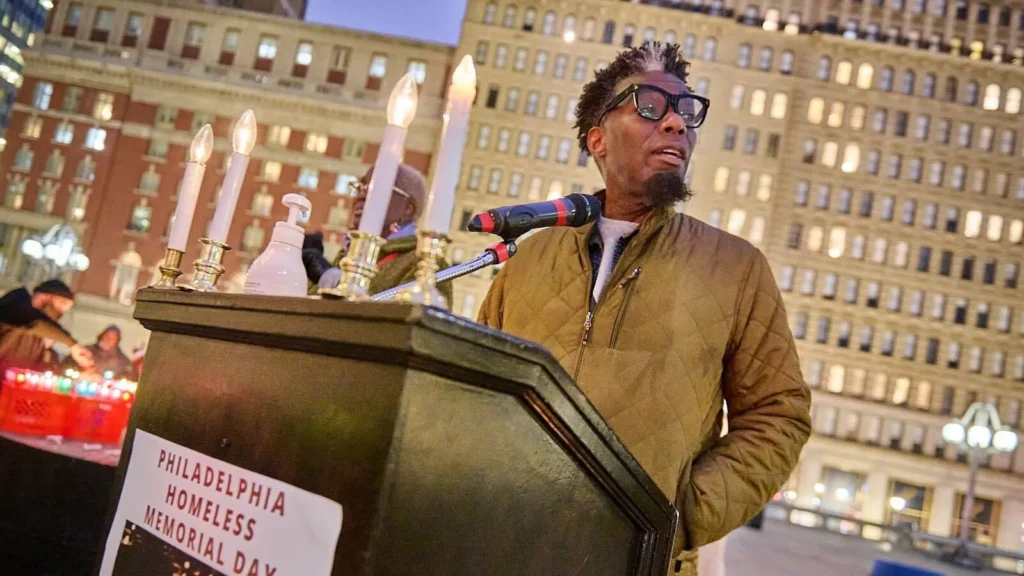There is a common, immature fantasy about relationships that reduces love down to dependency and assumes our insatiable neediness. Many of us love this fantasy and in fact are quite addicted to it. I like to call it the Knight-in-shining-armor syndrome or the Jesus-boyfriend disorder. We pretend there is one, unique, and perfectly looking person destined by divine graces who will finally love us rightly, so then we can feel whole and complete forever. (Insert sounds of angelic choir here.) Think of it as Jesus meets Cinderella. By definition, it’s about relationship as savior and assumes we all need saving.
Straight people are junkies when it comes to this fantasy. I give them much credit for perpetuating this delusional thinking. The bridal industry and DeBeers Diamond Company thrive on it. Spiritual self-help ideology refers to it as finding “the ONE” or meeting your “soul mate.” I once read a statistic about how the majority of people find a partner who lives within a five mile radius. Doesn’t it strike you as mathematically improbable that with all the people in the world the ONE just happens to be your neighbor? I also notice how people say they found their ONE when the relationships are going well, but then once the relationships start falling apart they change their minds. That’s not finding the ONE; that’s practicing selectivity.
The problem with the Jesus-boyfriend disorder is that it is not about healthy mutuality, but about unhealthy dependency. Mutuality is about “you and me” and dependency is about “me and my needs.” Mutuality assumes a give and take and equality of exchange. Moreover, it is a function of interdependence and shared power. Dependency on the other hand, is about power-over and power struggles. Dependency fosters partner enmeshment and invites boundary violations. All these ideas – dependency, power-over, and enmeshment – as well as the terms – the ONE and soul mate – refer to our culture’s favorite type of relating – Love Addiction.
Allow me to introduce Love Addiction by referring to the website loveaddicts.org. “Love Addiction comes in many forms. Some Love Addicts carry a torch for unavailable people. Some Love Addicts obsess when they fall in love. Some get addicted to the euphoric effects of romance. Others cannot let go of a toxic relationship even if they are unhappy, depressed, neglected or in danger. Some Love Addicts are codependent and others are narcissistic. Some use sex to manage feelings; while others are sexually anorexic.”
At the core of all types of Love Addiction is an uncertain relationship with one’s self – a lack of self-love. Simply, Love Addicts want another person to fill up their own lack. They transfer the responsibility for care of the self by placing or projecting it onto another person. It’s argued that this projection is infantile in origin. Some theorists say what we really want is to melt back into mommy’s warm womb and become ONE again…ah ha! Until we return to the womb, we float adrift in a sea of longing, frantically grabbing for our “other” or “m–other.”
If Love Addicts had song lyrics perpetually skipping in their minds, the words repeating would be, “Love me, love me, love me.” This “neediness” to be loved becomes an addiction and its drive is unrelenting. Like all addicts, Love Addicts need their fix too; they’ll start jonesing without it. As Tom Robbins said in his book Even Cowgirls Get the Blues, “Love is dope, not chicken soup.”
The dope in this case is the other person – the boyfriend. The addict does not clearly see his partner or boyfriend for who he is but instead only sees him for his ability to satisfy the addict’s neediness, loneliness, or emptiness. Imagine how the boyfriend or partner must feel in this type of exchange. The partner usually feels put upon, used, objectified and angry. There is a lot of anger in these relationships because both partners start to resent each other’s demands.
Generally, if one partner is a Love Addict, then both partners are together; as the saying goes, it takes two to disco – I mean tango. Both partners consciously and unconsciously start demanding sustained well-being, comfort, and security from each other, even though they cannot individually create those feelings for their own selves. The demands placed on each other become too great. The relationship is destined to fail.
There is an author I found on the internet, Joy Miller, who wrote the “Ten Demandments: Relationship Rules That Ensure Unhappiness.” Here are five of the ten that highlight the Love Addiction trap. “1. Thou shall make me happy. 2. Thou shall know what I want and what I feel without me having to tell you. 3. Thou shall shield me from anxiety, worry, hurt and pain. 4. Thou shall give me my sense of self-worth and esteem. 5. Thou shall love me with a whole heart, even if I do not love myself.”
If you’ve been reading this article and realize that you too are among the many of us who are Love Addicts, then let me welcome you to the club. If you’d like more resources to understand Love Addiction and to learn healthier ways of relating, then for starters let me suggest Pia Mellody’s book Facing Love Addiction. Also there are many resources on the internet, including information about 12-Step support groups. If you cannot find a Love Addicts support group, try also researching Codependency Anonymous programs.
Now go out there and love your self!
Alan Robarge is a Philadelphia-based Psychotherapist in private practice and also offers an on-going relationship discussion group for gay men titled Boyfriend University. Learn more at http://www.alanrobarge.com or http://www.boyfriend-university.com






